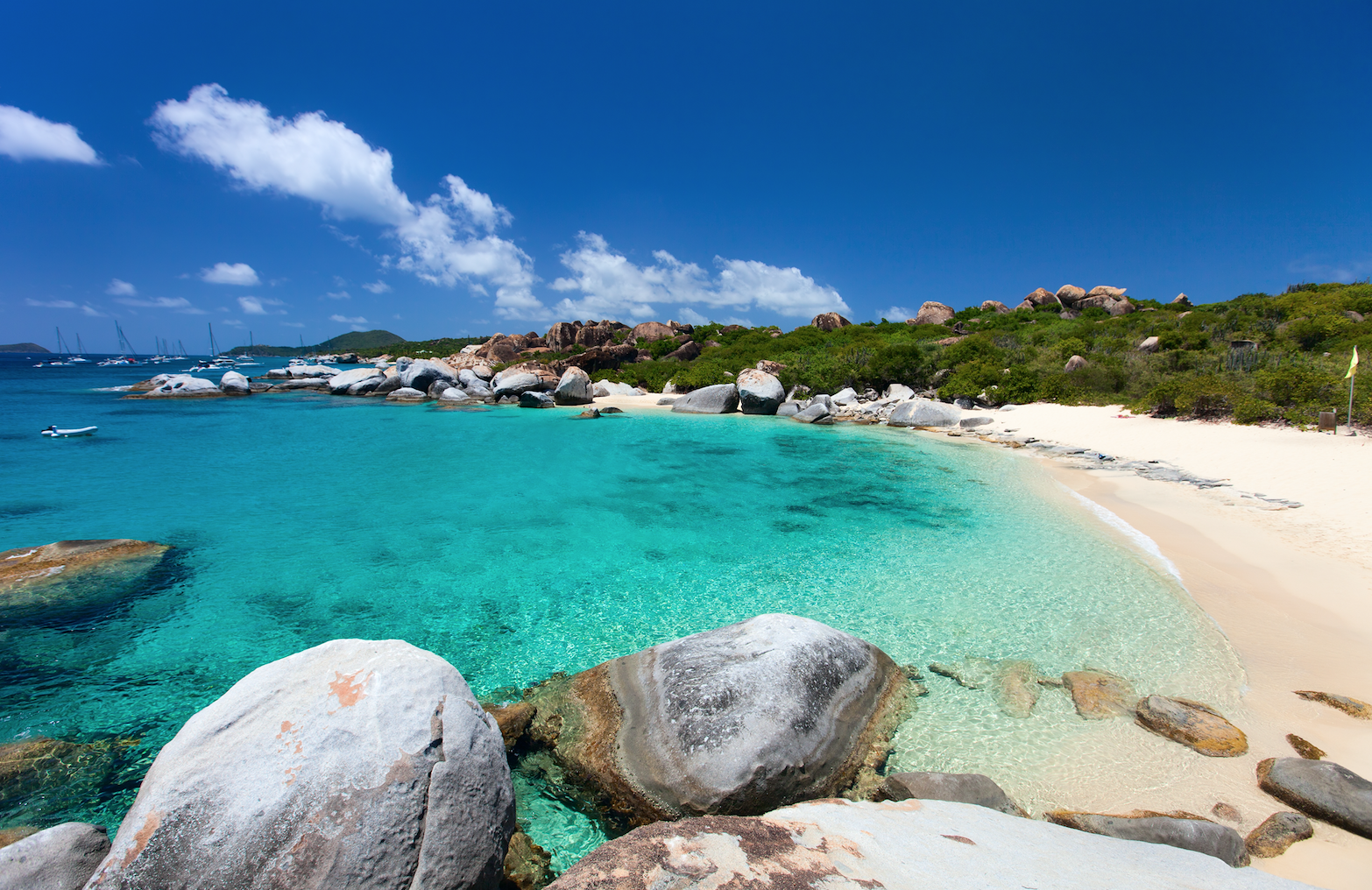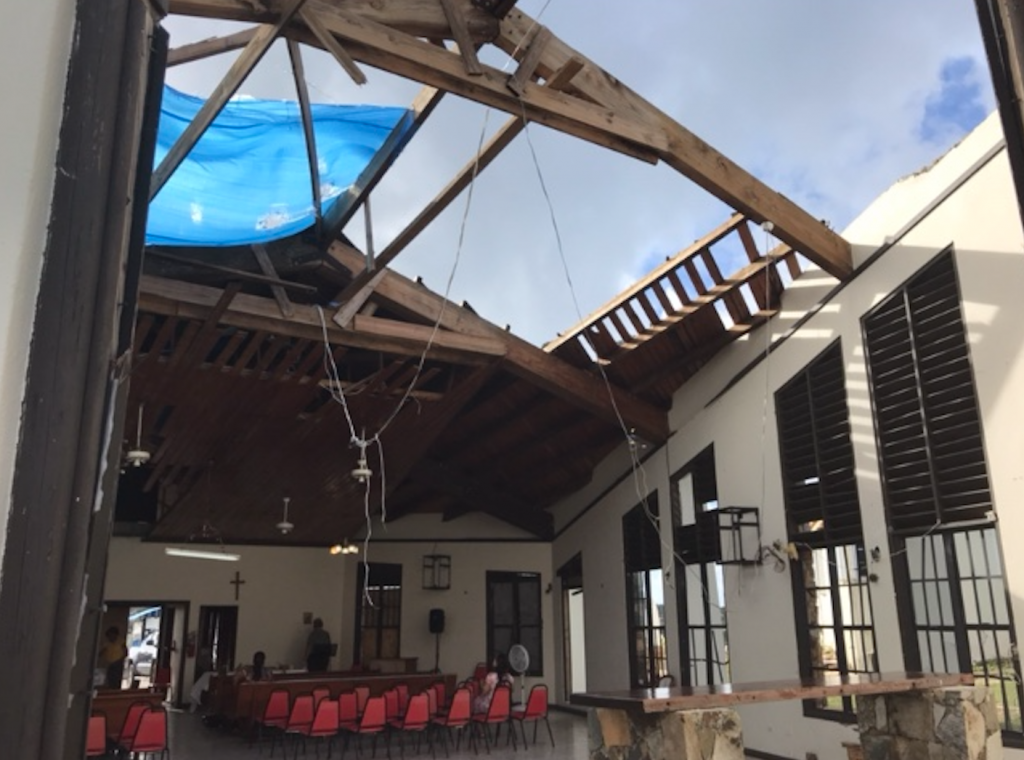
The Little Island That Could: Lessons in Perseverance From Virgin Gorda
BY HEATHER QUINLAN
September 6, 2017 is a day the British Virgin Islands will never forget. It will forever be remembered as the day Hurricane Irma, the most powerful Atlantic storm to ever make landfall, ripped through the Virgin Islands and decimated everything in its path. Irma was rated a category 5, but that’s only because there’s no such thing as a 6 or 7.
For perspective, a category 5 hurricane means near or total destruction with winds above 157 mph. Irma maintained winds as strong as 187 mph hour, with winds as high 216 mph reported in some places. The island of Virgin Gorda was turned upside down by all of this, and even reported at least 4 tornadoes touching down during the same mammoth storm.
I recently visited Virgin Gorda, one of the islands that make up the British Virgin Island archipelago. The license plates there read “Nature’s little secrets”. I’ve been there in the past and my parents have visited the island every year for the last 20 years. It is indeed a very special little wonder, one that typically thrives on tourist dollars—which it needs now more than ever.
It was a clear sunny day in February, a little over five months after Irma, when I arrived. As we departed the island of Tortola and motored toward Virgin Gorda via ferry, I could see the little island in the distance. I realized it wasn’t just the sun shining down, but the beauty of the island suddenly seemed more evident and brilliant than ever before. There was an immediate sense that I was approaching an island full of resilience. This island had been totally destroyed and was in the middle of being built up again by the blood, sweat and tears of its people.
I sat down with Rose Giacinto, business owner and ex-patriot of the United States, who’s been living on the island since 1981.
“My family [back in the States] said, ‘Just come home. Drop everything and come home,’” Rose recalls.
After all, so many people on the island did just that. But as a business owner of two well-known restaurants, the Bath and Turtle Restaurant and Chez Bamboo, that was not an option for Rose.
In the days leading up to the hurricane Rose says, “We were moving on adrenaline to get as much ready as we could.” As the hurricane started bearing down, it ripped the roof off the apartment building she was in.
“The roof started making a banging noise and then it went; all of a sudden it was just pouring down rain and everything in the apartment got sucked out.”
Rose and her friends then retreated downstairs to the safety of her restaurant’s kitchen, which had a concrete roof. Miraculously, Rose’s establishments are some of the very few still standing after the hurricane.
“So many people didn’t understand the magnitude of this hurricane and the pictures shared with the rest of the world just didn’t do it justice,” she says.
By the end, downed utility poles and debris made roads completely impassable. The water treatment facility was destroyed. Roofs flew off houses, windows exploded, and cars were tossed like toys. Entire steel shipping containers tumbled around free. A popular resort called the Bitter End Yacht Club, known for its bungalows nestled into the cliff side, was torn apart; today it looks like it was made of tooth picks.
One islander described the winds of Hurricane Irma as being so loud, it was “like a pack of wolves coming for [her] soul.” In the aftermath, the islanders sat without water, electricity, cell service, and no ability to communicate with the rest of the world, many now suddenly homeless, some with literally just the shirt on their back.
It took a Herculean effort to fix what Irma destroyed. The government response was slow and, in the end, disappointing. It was ultimately up to the people—and a little help from outside. Jim Hagedorn and Petr Kellner, two billionaires who own homes there, were a major part of the relief effort. Two days after the storm, Hagedorn distributed satellite cell phones. Then came the airplanes—two a day for weeks, loaded with supplies. Generators, chain saws, bug spray, bottled water, etc. Those same planes would then leave with women, children and anyone sick needing to get medical help. Then came shipping containers from Kellner, including lumber to help the rebuilding effort. All the while, the people on the ground who had lost their homes never lost hope. They undertook the grueling work of rebuilding without sorrow or self-pity.
It puts life into perspective to know that a community, devastated by something totally out of its control, can shine bright just a short while later. We are living in an era where there is a growing lack of real human connectivity with the rise of social media. Many of us here in the States don’t know who our neighbors very well; sometimes we don’t even know their names.
In Virgin Gorda, being a neighbor means something. In the wake of Irma, it meant, “We’re all in this together.”
The lesson for me was obvious: I want more real, quality interactions with the flesh and blood humans around me. I want more relationships that matter. Because when all else fails and you are stripped of your creature comforts, the people around you are what you have left. No one should wait until tragedy strikes to look up and see what’s important.
Heather Quinlan is a certified Bikram Yoga instructor and the owner of Bikram Yoga Burlington, in Massachussets. Vist her website, Heather Quinlan Wellness.


